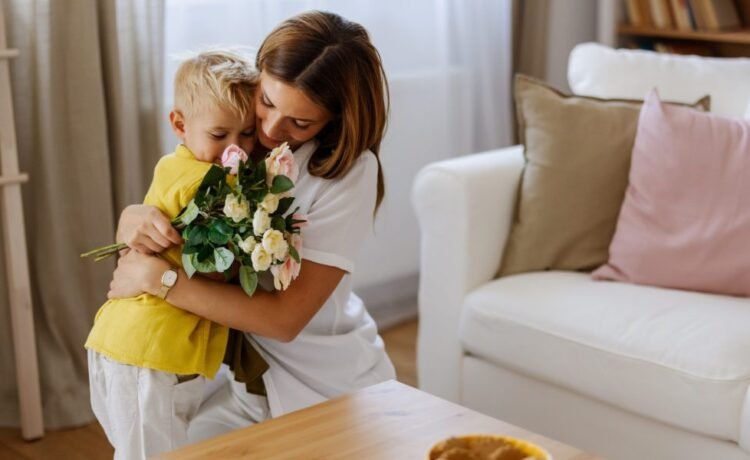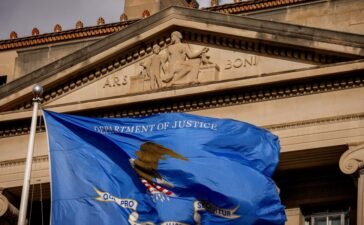Tariffs are forcing more than a third of Americans to pull back on spending for Mother’s Day gifts


Are tariffs making you nervous about spending big this Mother’s Day? You’re not alone.
A new survey from LendingTree found that more than a third of Americans (38%) blamed tariffs for pulling back on their spending this year (though we wouldn’t advise using this excuse on your mom come Sunday, unless she’s up to speed on all the latest macroeconomic threats).
But with just a few days left until the big day, there are still some mixed signals about whether consumers are going to shell out for their mother figures this year or pull back in the face of economic uncertainty and tariffs.
LendingTree’s survey at least is on the bearish side. The online banking service found that Americans plan to spend an average of $148 on Mother’s Day this year, down 14% from $172 last year and down 34% from $225 in 2022.
This isn’t for lack of trying though, as 50% say they might spend more than they can afford.
“Hardly anyone wants to get their mom less of a Mother’s Day gift than they have in the past, but in a time of rising prices and great financial uncertainty, difficult decisions need to be made,” Matt Schulz, LendingTree chief consumer finance analyst, said in a statement. “Unfortunately, this survey hints at the fact that for many families, one of those sacrifices involves spending less on Mom this Mother’s Day.”
Staying optimistic: Looking at the bigger picture, the National Retail Federation is more bullish. The trade group’s own survey found that consumers plan to spend a total of $34.1 billion this year, up slightly from last year’s $33.5 billion, and $259.04 on average for those celebrating, up $5 from last year.
As NRF VP of Industry and Consumer Insights Katherine Cullen put it, Mother’s Day is only surpassed by the winter holidays in terms of spending, and economic uncertainty is not going to stop that.
Adobe Analytics is also seeing positive signs in its real-time online sales data. Sales were up 59% on fragrances; 21% on purses and handbags; 19% for lipstick; and 500%–550% on flowers, with higher increases on luxury categories across the board. Some specific bestsellers include crossbody bags, clutches, purple-toned lipstick, and charm bracelets.
This report was originally published by Retail Brew.
This story was originally featured on Fortune.com
You Might Also Like
Anduril’s Palmer Luckey is among US defense execs, firms sanctioned by China over Taiwan arms deal
Beijing imposed sanctions on Friday against 20 U.S. defense-related companies and 10 executives, a week after Washington annoucned large-scale arms sales...
Americans enjoy one refuge from inflation: The cheapest gas prices in years
This holiday season, many U.S. drivers are getting the gift of lower gas prices. According to data from motor club AAA,...
Trump photo removed from partial Epstein files the Justice Department released
A photo featuring President Donald Trump that was included in one of the Justice Department files on the late sex...
Gen Z’s reality check: Birkin resale prices slump as aspirational luxury takes a hit
The Birkin bag resale craze may have hit its peak, serving up a dose of reality for Gen Z aspirational...









